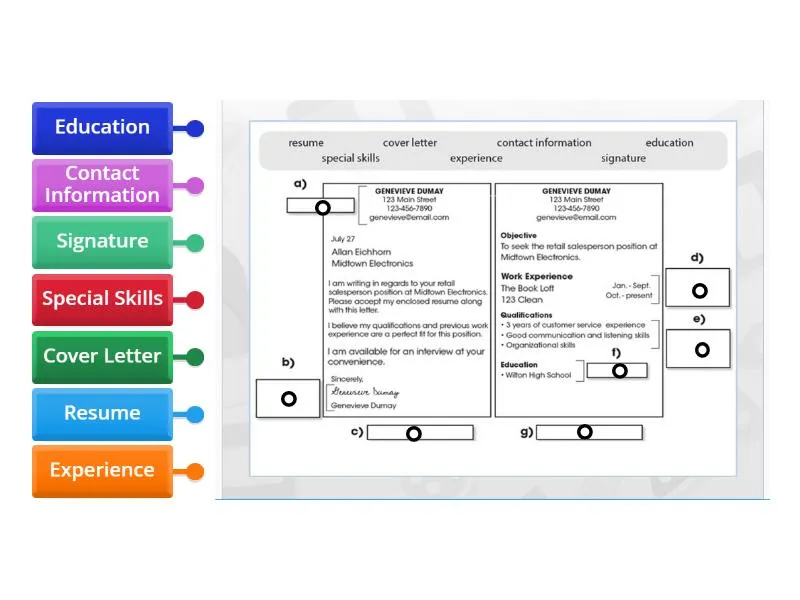What is a Resume.com Cover Letter
A Resume.com cover letter is a document you submit with your resume when applying for a job. It serves as an introduction, providing context to your application and highlighting the skills and experiences most relevant to the position. Unlike your resume, which offers a snapshot of your career history, a cover letter allows you to elaborate on your qualifications, explain your interest in the specific role and company, and demonstrate your personality and communication skills. A well-crafted cover letter can significantly increase your chances of getting noticed by a hiring manager and landing an interview. In essence, a cover letter is your opportunity to make a strong first impression and convince the employer that you are the ideal candidate for the job.
Why is a Resume.com Cover Letter Important
A Resume.com cover letter is important for several critical reasons. Firstly, it offers a chance to personalize your application. While your resume provides a summary of your qualifications, the cover letter allows you to tailor your application to the specific requirements of the job and the company. It enables you to highlight the skills and experiences most relevant to the role and explain how you can contribute to the organization’s success. Secondly, a cover letter showcases your communication skills. A well-written letter demonstrates your ability to articulate your thoughts clearly, concisely, and persuasively. This is a crucial skill in most professional settings. Finally, it helps you stand out from the competition. In a crowded job market, a compelling cover letter can make you memorable and distinguish you from other applicants who may have similar qualifications.
Top 5 Tips to Write a Winning Resume.com Cover Letter
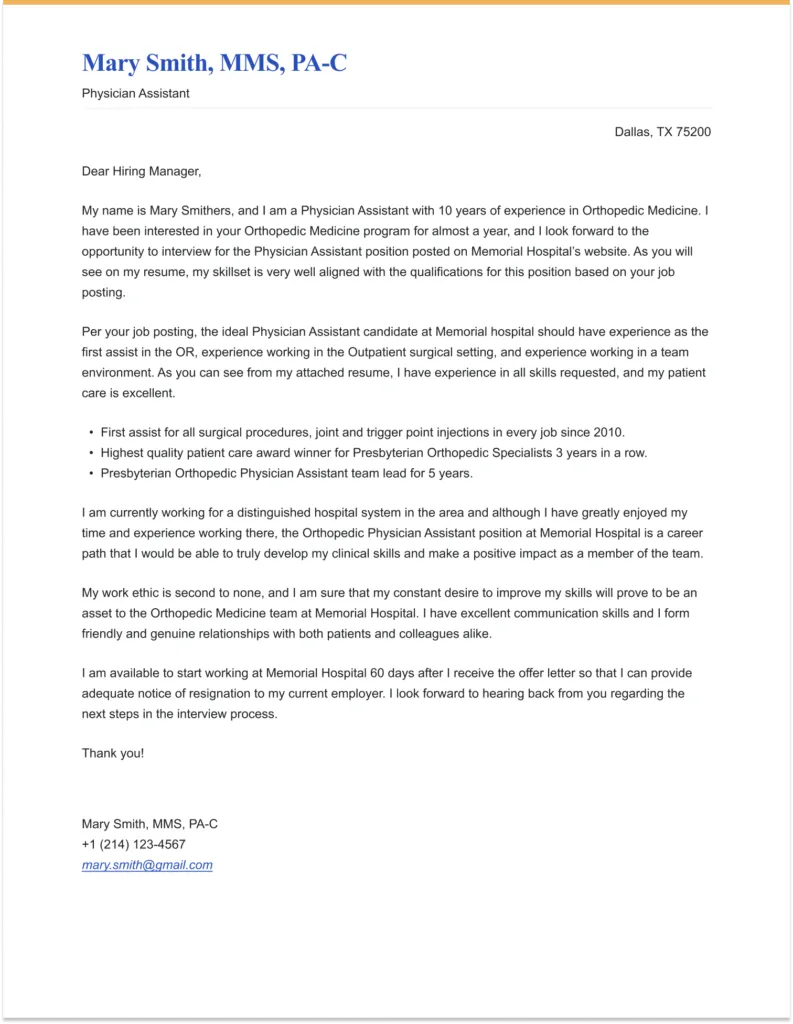
Highlight Your Skills and Experience
When writing your Resume.com cover letter, it’s essential to highlight the skills and experiences that align with the job requirements. Carefully review the job description and identify the key skills and qualifications the employer is seeking. Then, provide specific examples from your work history where you’ve demonstrated those skills. Quantify your achievements whenever possible using numbers and data to showcase your impact. For example, instead of saying “Managed social media accounts,” you could say “Increased social media engagement by 30% within six months.” This approach not only demonstrates your capabilities but also provides concrete evidence of your value to a potential employer. Focus on the most relevant experiences and tailor your examples to match the needs of the specific role you’re applying for.
Tailor Your Letter to the Job
Avoid using a generic cover letter. Instead, personalize your Resume.com cover letter for each job application. Research the company and the specific role to understand their needs and expectations. Address the hiring manager by name if possible, which shows you’ve taken the time to do your homework. Demonstrate your understanding of the company’s mission, values, and recent projects. Explain how your skills and experience align with the job requirements and how you can contribute to their success. Show genuine enthusiasm for the opportunity and the company. Customizing your cover letter demonstrates your interest and makes a strong impression on the hiring manager. It shows that you are serious about the position and have taken the time to understand what the company is looking for.
Showcase Your Personality
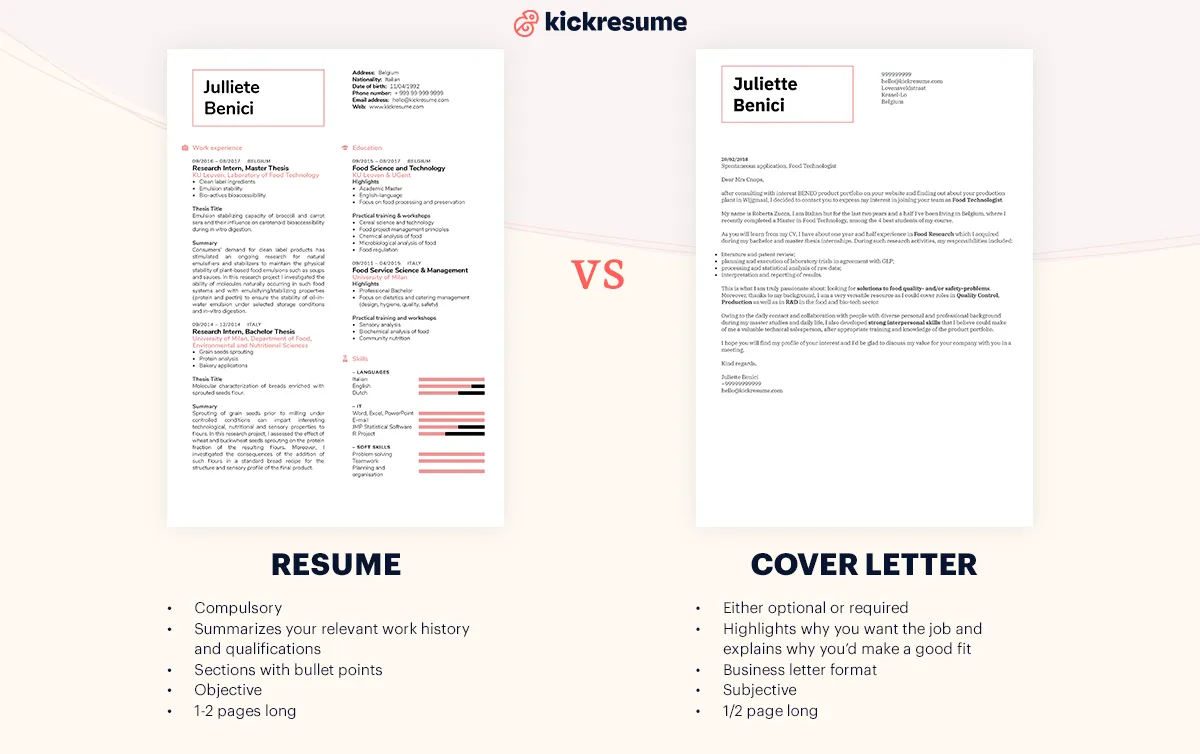
While professionalism is essential, don’t be afraid to let your personality shine through in your Resume.com cover letter. Use a professional but conversational tone to make your letter more engaging and memorable. Share a brief anecdote or personal interest that relates to the company or the role, this can help you connect with the reader on a personal level. Highlight your unique qualities and what makes you stand out from other candidates. This could include your work ethic, your creativity, or your ability to work collaboratively. The goal is to give the hiring manager a sense of who you are as a person and whether you’d be a good fit for the company culture. Remember, they’re not just hiring for skills; they’re hiring for fit, too.
Keep it Concise and Focused
A good Resume.com cover letter should be concise and focused. Aim for a letter that is no longer than one page, ideally around 250-400 words. Focus on the most important information, and avoid rambling or including unnecessary details. Get straight to the point and highlight your key qualifications and experiences that are relevant to the job. Use clear and concise language to communicate your message effectively. Break up large blocks of text with bullet points or short paragraphs to make the letter easier to read. The goal is to capture the hiring manager’s attention quickly and make it easy for them to understand why you’re the right candidate. Respect the reader’s time, and make sure every sentence adds value to your application.
Proofread Carefully
Before submitting your Resume.com cover letter, always proofread it carefully. Errors in grammar, spelling, and punctuation can damage your credibility and make a negative impression on the hiring manager. Read your letter several times, looking for any mistakes. Use a grammar and spell-checking tool, but don’t rely on it entirely. Sometimes, these tools can miss subtle errors. Consider having a friend or colleague review your letter for a fresh perspective. Pay close attention to the details, such as the company name, job title, and the hiring manager’s name, to ensure they are correct. A polished and error-free cover letter demonstrates your attention to detail and professionalism. It shows that you take pride in your work and are committed to presenting yourself in the best possible light.
Best Practices and Examples
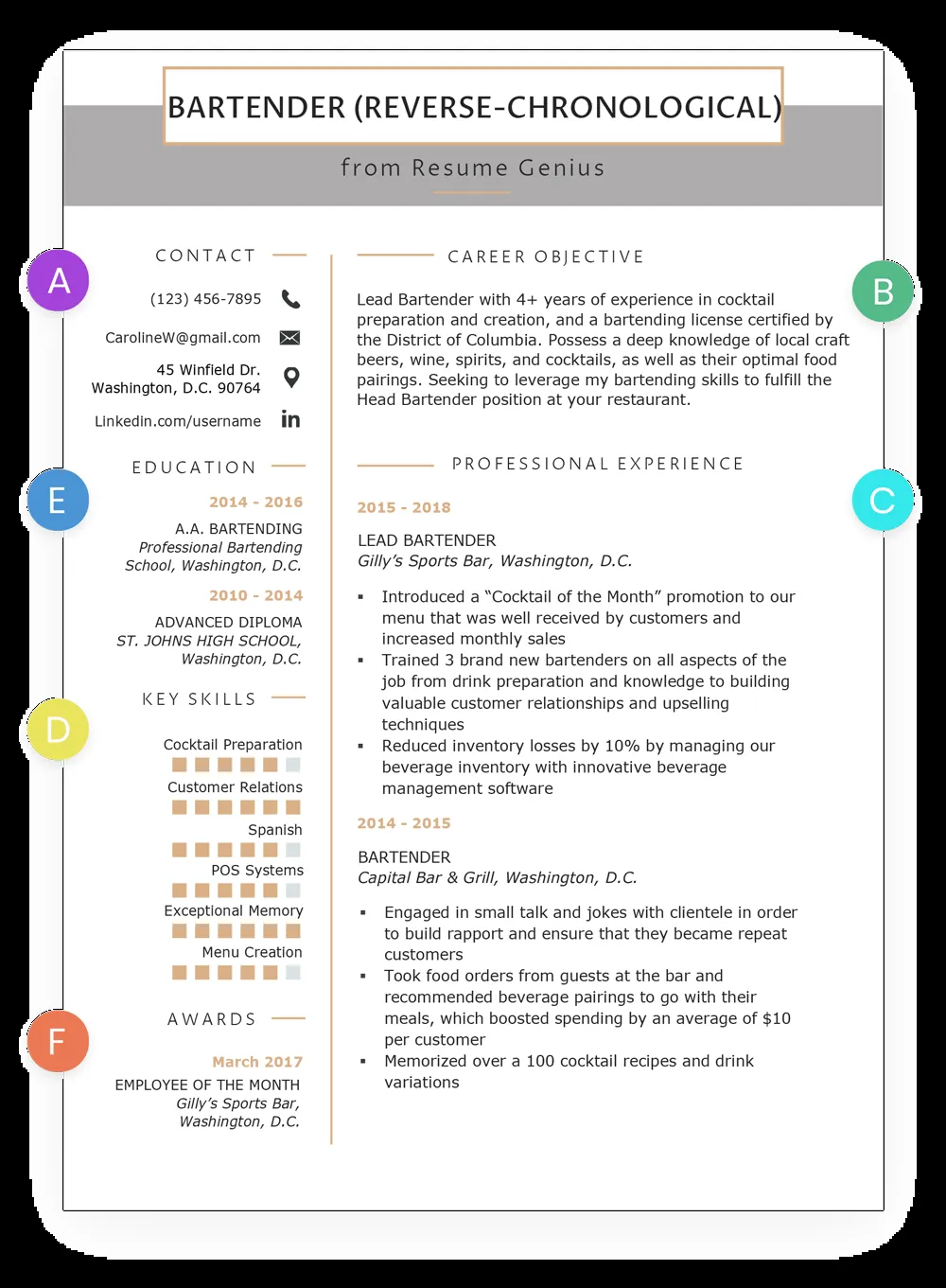
Formatting and Structure
Follow a standard format for your Resume.com cover letter. Start with your contact information at the top, followed by the date and the hiring manager’s contact information (if known). Use a professional salutation, such as “Dear Mr./Ms. [Last Name].” The body of the letter should be divided into three to four paragraphs, with a clear introduction, body, and conclusion. The introduction should state the position you’re applying for and where you saw the job posting. The body paragraphs should highlight your key qualifications and experiences, providing specific examples to support your claims. The conclusion should reiterate your interest in the position and thank the reader for their time and consideration. Use a professional closing, such as “Sincerely” or “Best regards,” followed by your typed name.
Opening and Closing Statements
Your opening and closing statements are crucial for making a strong impression. In your opening, clearly state the position you’re applying for and where you saw the job posting. Immediately capture the reader’s attention by highlighting your key qualifications or a unique aspect of your experience that aligns with the job. For example, you might start with a statement like, “I am writing to express my enthusiastic interest in the Marketing Manager position at [Company Name], as advertised on [Platform].” In your closing, reiterate your interest in the position and thank the hiring manager for their time and consideration. Include a call to action, such as expressing your availability for an interview or mentioning that you look forward to hearing from them soon. A strong closing statement leaves a lasting positive impression.
Common Mistakes to Avoid
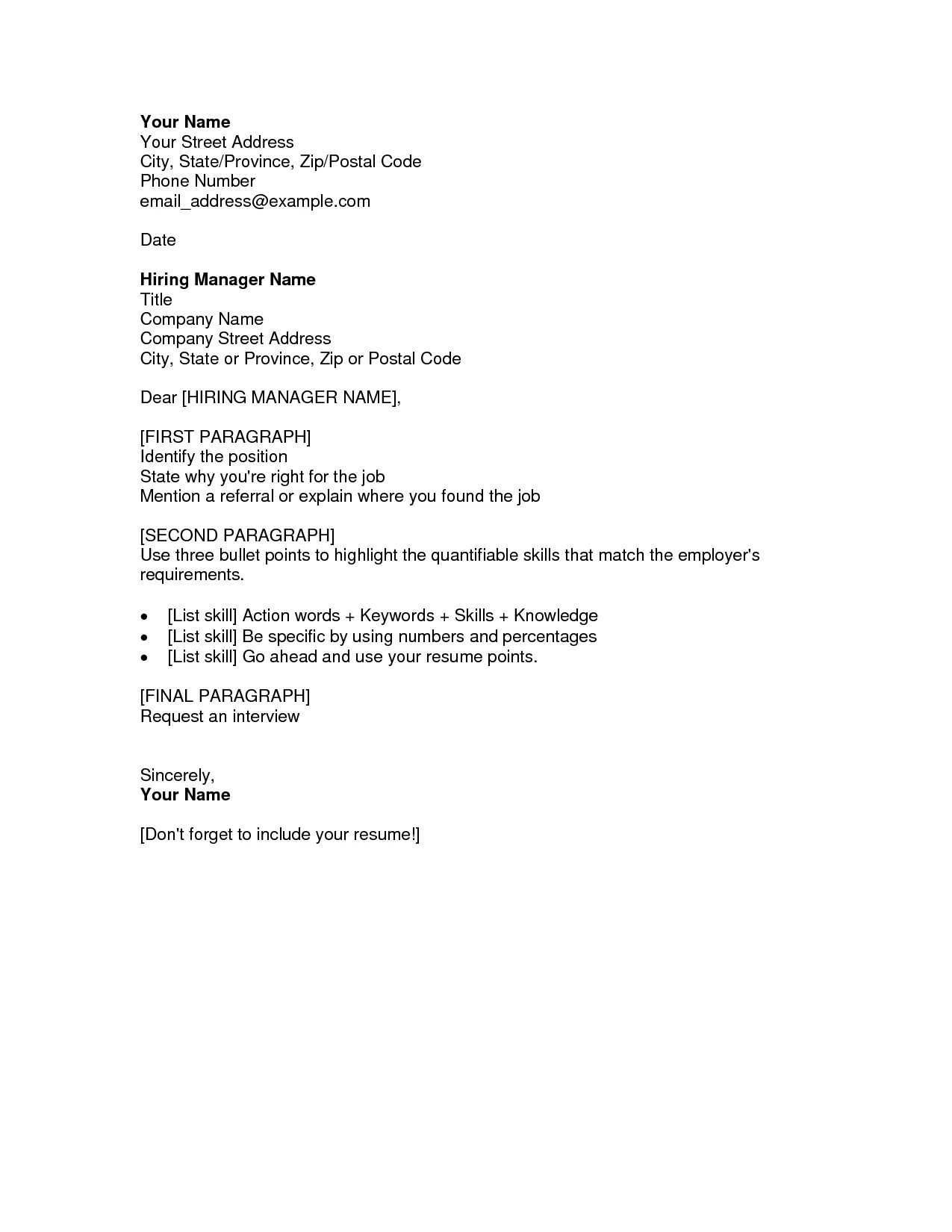
Avoid common mistakes that can detract from your Resume.com cover letter. Don’t use a generic, one-size-fits-all letter. Tailor each letter to the specific job and company. Avoid simply restating your resume; instead, elaborate on your qualifications and provide context. Don’t include irrelevant information that doesn’t relate to the job requirements. Avoid using overly formal or informal language. Keep a professional tone throughout the letter. Don’t make spelling or grammar errors. Proofread carefully and have someone else review your letter. Avoid exaggerating or lying about your qualifications. Always be honest and accurate. Finally, don’t be too long-winded. Keep your letter concise and focused on the most important information.
